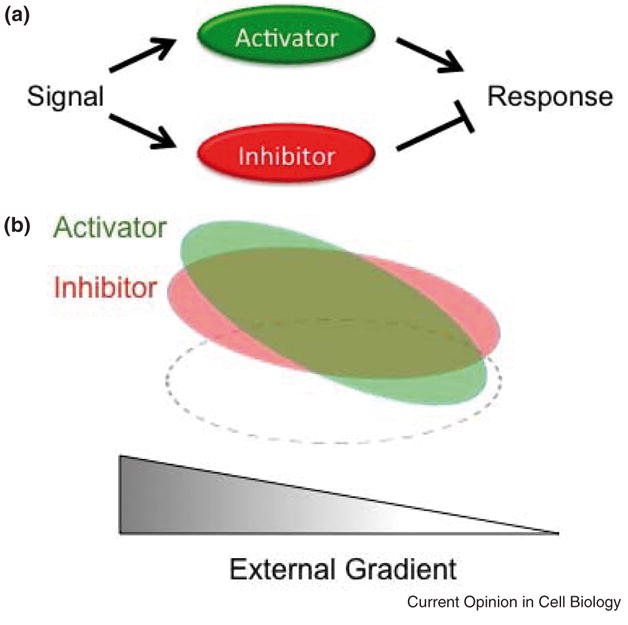Figure 3. Local excitiaton, global Inhibition (LEGI) mechanism for gradient sensing.

A. An external signal (eg, ligand-bound receptor), is assumed to activate two pathways, one involving a local activator and the other a global inhibitor of the downstream pathway used to establish the front of the polarized cell. B. As the activator (green) is more sensitive to the local strength of the external signal, more of it will accumulate in front of the cell than in the rear, mimicking the external gradient. The inhibitor (green) is less sensitive to the local strength of the external signal as it is assumed to be rapidly diffusing and, therefore, will be more homogeneously distributed throughout the cell. Local differences in the concentration of the activator and inhibitor are thought to establish to front and back of the cell. The relative timing of induction of the activator and inhibitor can also provide a mechanism for sensory adaptation [31]. Note the dashed ellipse is used to denote the cell boundary.
